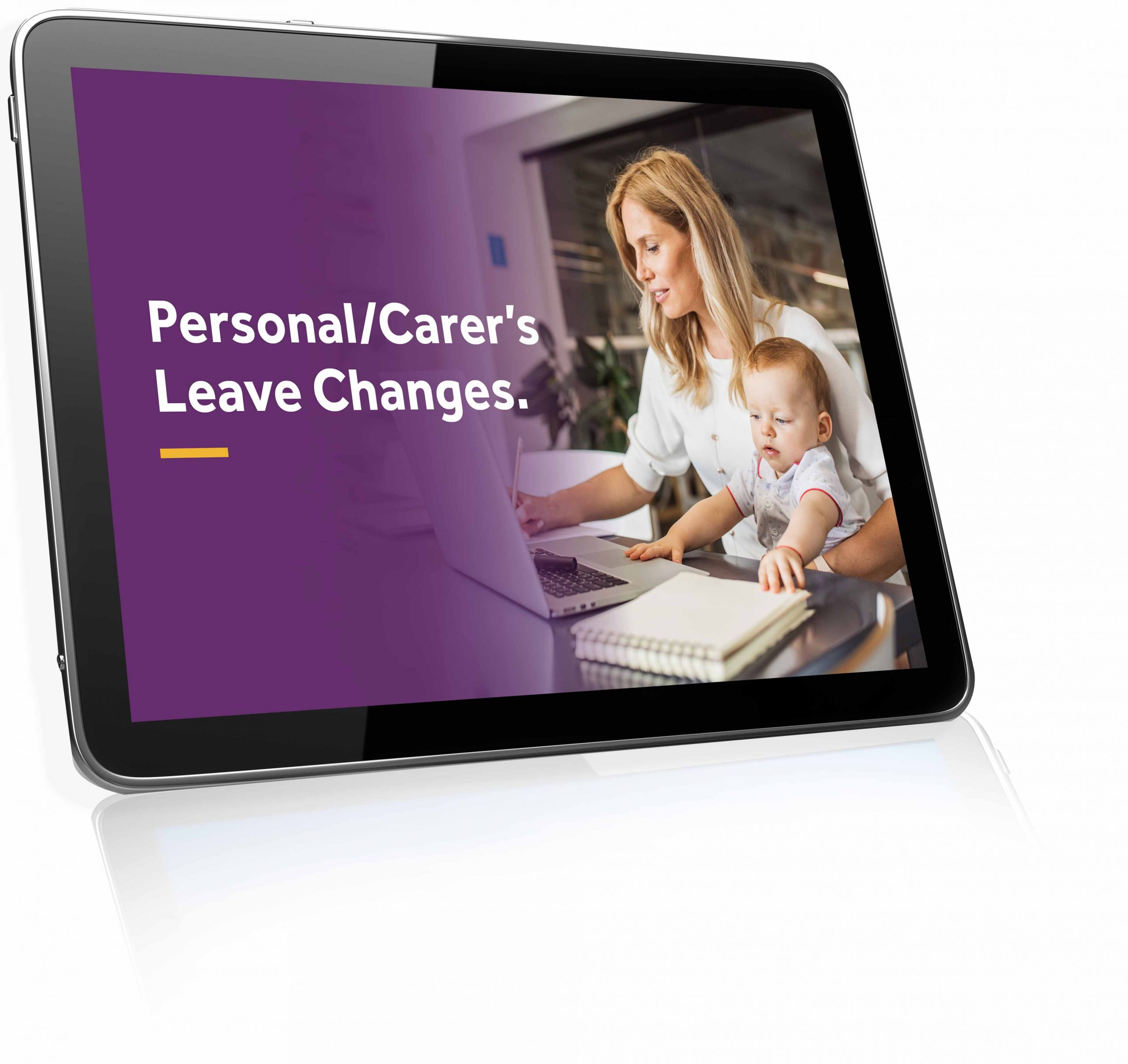
What is leave of absence?
Not to be confused with annual leave, a leave of absence is when an employee who is experiencing out-of-the-ordinary circumstances is allowed to take time off work. As long as the request is made for a valid reason, employers can approve a leave of absence and give the employee permission to be away from work for a specified time period.
Common reasons for a leave of absence include childbirth, adoption, physical or mental health issues, or caring for an ill or elderly family member. Under the National Employment Standards in Australia, employees are entitled to personal leave as a leave of absence, regardless of the terms in their employment contract.
What are valid reasons for leave of absence?
There are many situations that are appropriate for employees to request a leave of absence. Examples of valid reasons for a leave of absence include:
The birth or adoption of a child – Welcoming a new member into the family is often viewed as a good reason for a leave of absence.
Bereavement – A leave of absence will normally be granted for bereavement when an employee’s family or household member dies.
Medical appointments – An employee needing to attend a medical appointment or receive treatment will normally see a leave of absence granted.
Caring for an unwell or elderly family member – If an employee is responsible for caring for a sick or vulnerable family member, employers will often give permission for a leave of absence.
Poor physical or mental health – If an employee is suffering from physical or mental health issues, most employers will allow them to take time off work to recover.
Paid leave of absence
This type of leave of absence allows employees to take time off from work and still receive their normal pay (exclusive of any penalties, bonuses, and annual leave loading).
In line with the National Employment Standards, all employees are entitled to sick and carer’s leave:
Full-time employees receive 10 days of paid sick and carer’s leave per year
Sick and carer’s leave entitlements for part-time employees are worked out on a pro-rata basis
Casuals and contractors are entitled to a set amount of sick and carer’s leave, but do not receive pay
In cases of bereavement, employees are entitled to paid compassionate leave when:
A member of their immediate family or household dies, or contracts or develops a life-threatening illness or injury
A baby in their immediate family or household is stillborn
They have a miscarriage
Their current spouse or de facto partner has a miscarriage
Employees receive two days of paid leave on each occasion they meet the criteria. These two days can be taken in succession, on two separate dates within a month, or over any time period agreed with the employer. Casuals and contractors are entitled an amount of compassionate leave but not receive pay.
Employees dealing with family and domestic violence are entitled to:
10 days of paid leave for normal businesses (15 employees or more. This applies from 1 August 2023)
5 days of unpaid leave for small businesses (less than 15 employees)

How much sick leave is your employee entitled to?
Find out how much paid leave your staff are entitled to when they fall sick with our FREE Personal Leave E-Guide.
Unpaid leave of absence
It is also possible for an employer and employee to agree on an unpaid leave of absence. In this situation, the employee takes a set period of time off work without pay.
For instance, if an employee wants to take a long trip that extends beyond their annual leave allowance, the employer may choose to approve this absence as unpaid leave.
Sometimes if an employee has used all their paid personal leave but remains unable to return to work, they will continue to be absent on unpaid leave.
What is the process when applying for a leave of absence?
How an employee requests a leave of absence will vary from business to business. Employees should look at their employer’s leave of absence policies to figure out if their request is valid.
If the request is valid, the employee should submit their request in writing to their line manager or supervisor. It is also common for leave of absence requests (personal, sick and carer’s) to be submitted directly through the company’s HR platform.
Before a leave of absence is approved, employers will sometimes ask for evidence to support the request (such as a doctor’s letter).
Frequently Asked Questions
What is the definition of a family member?
An employee’s immediate family member includes their:
- Spouse or former spouse
- De facto partner or former de facto partner
- Child
- Parent
- Grandparent
- Grandchild
- Sibling
Immediate family also includes:
- The immediate family of the employee’s spouse or de facto partner (or former spouse or de facto partner)
- Step-relations (for example, stepparents and stepchildren)
- Adoptive relations
How much should I pay an employee for a paid leave of absence
Unless their award, agreement or contract offers more, you need to pay your employee at least their base rate for the normal hours of work. However, this does not include penalties, bonuses or annual leave loading.
Employsure can help you understand the finer details of a paid or unpaid leave of absence. If you are unsure of how to handle your employee’s leave request, or if you have any other questions, please call our FREE 24/7 Advice Line now on 1300 651 415.



